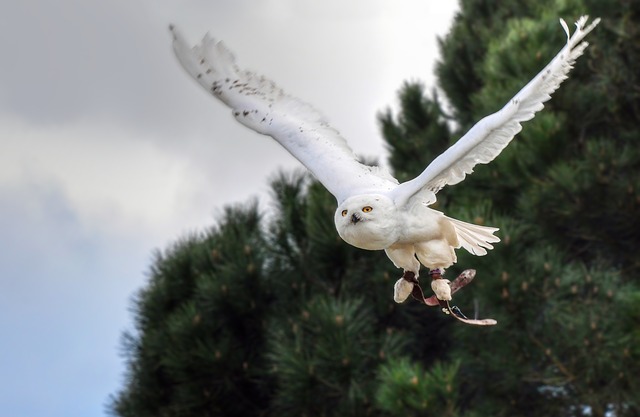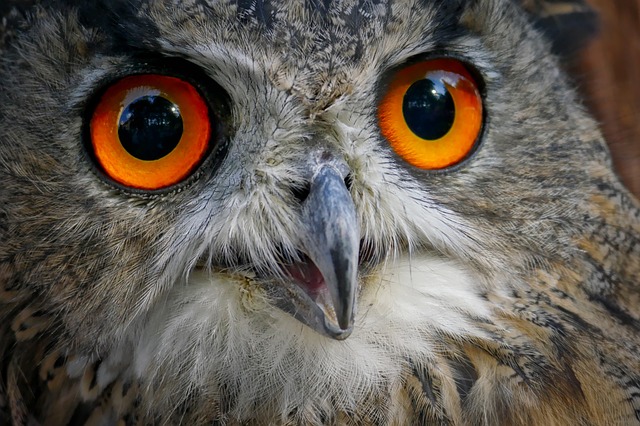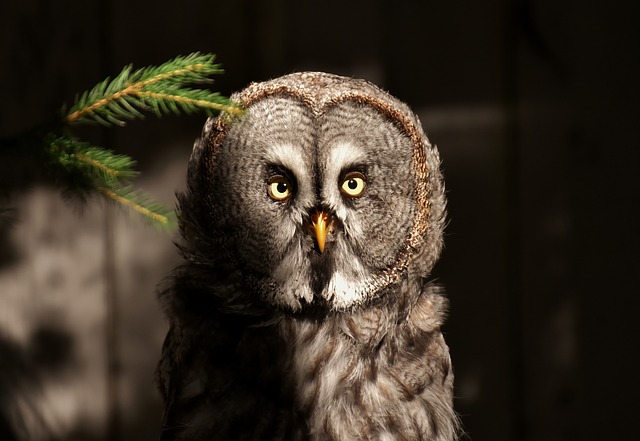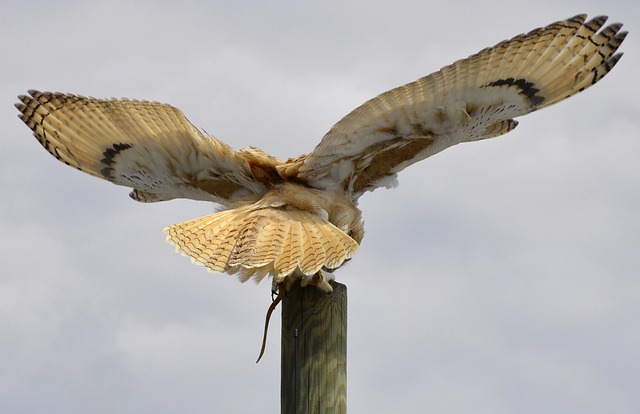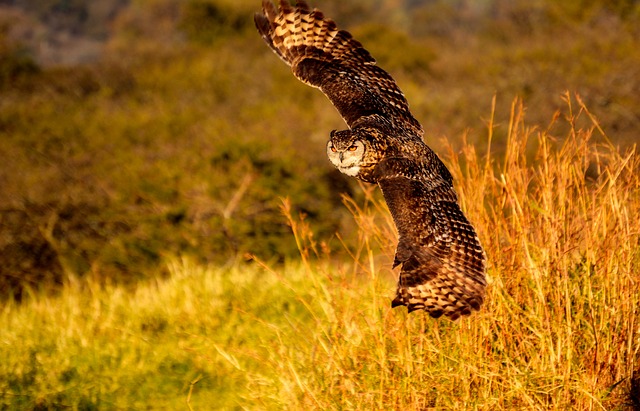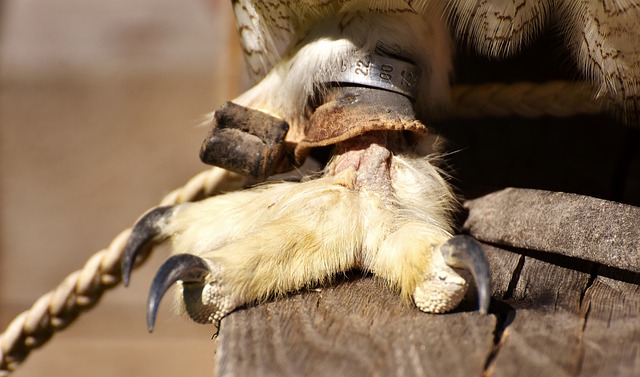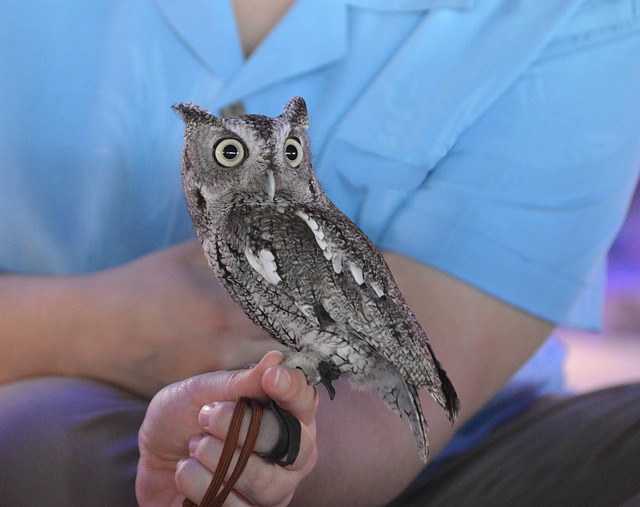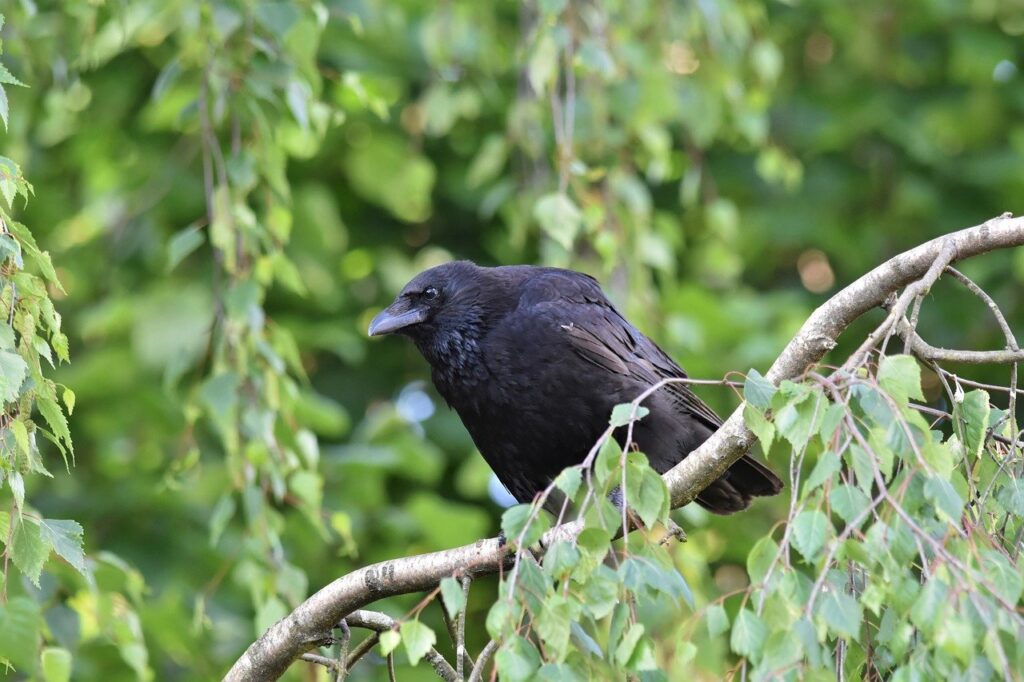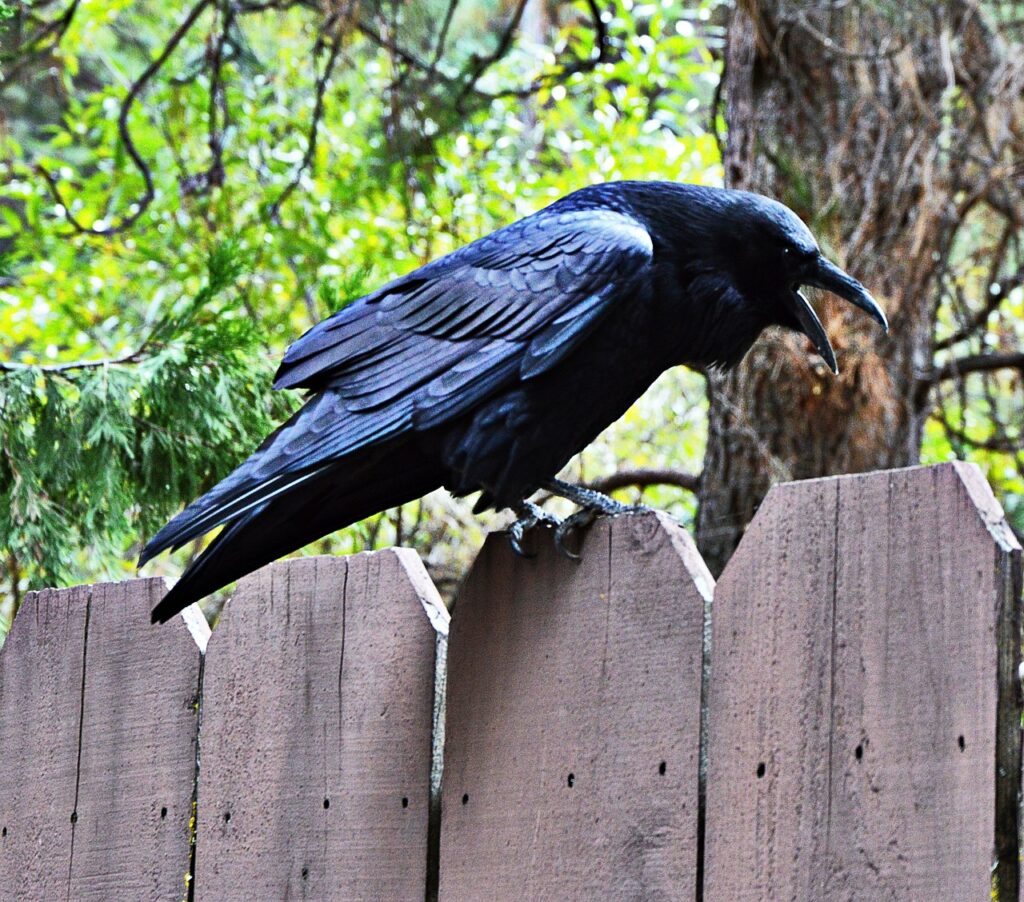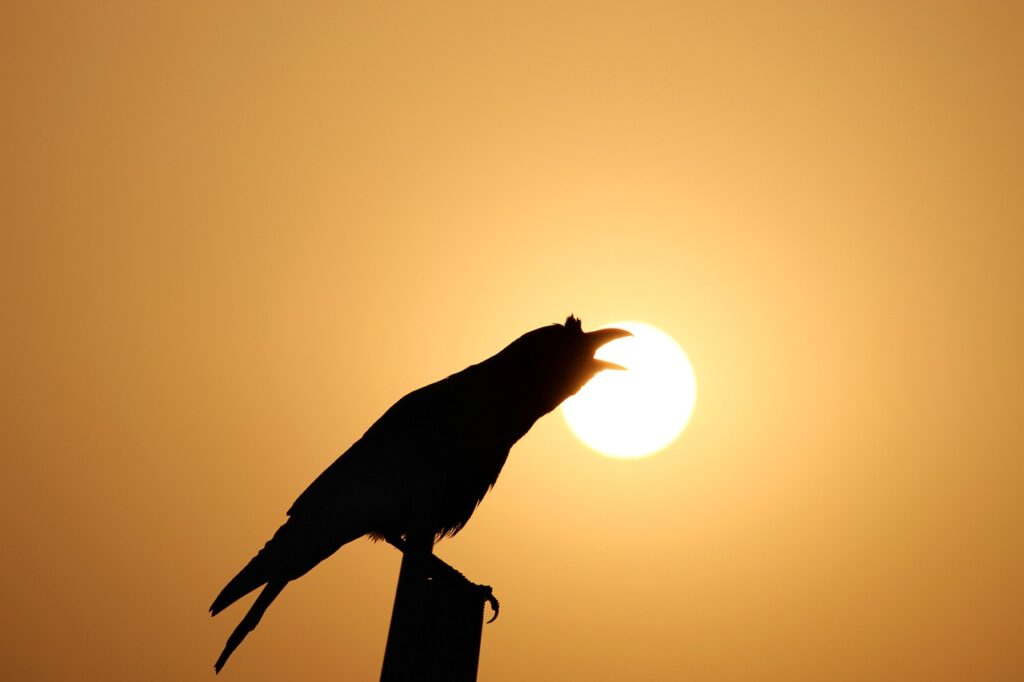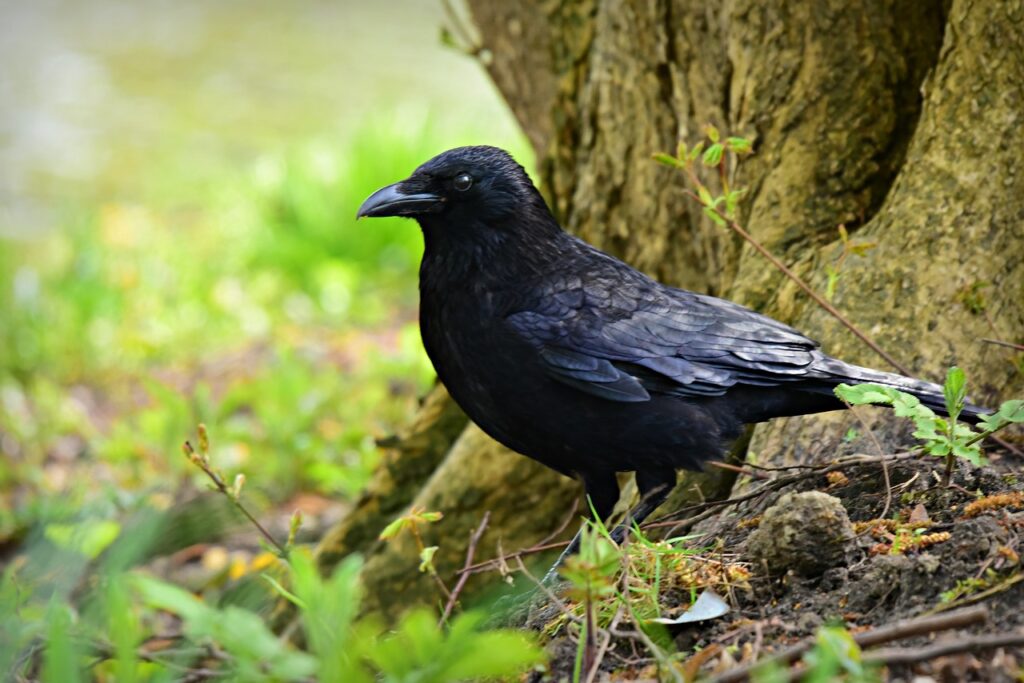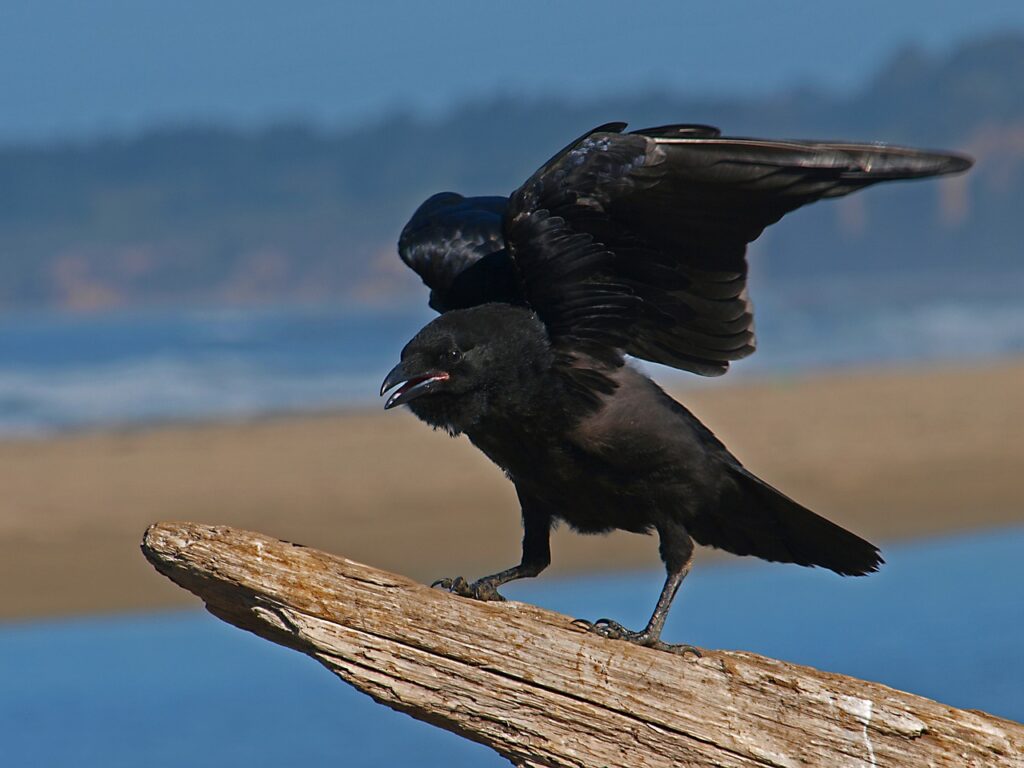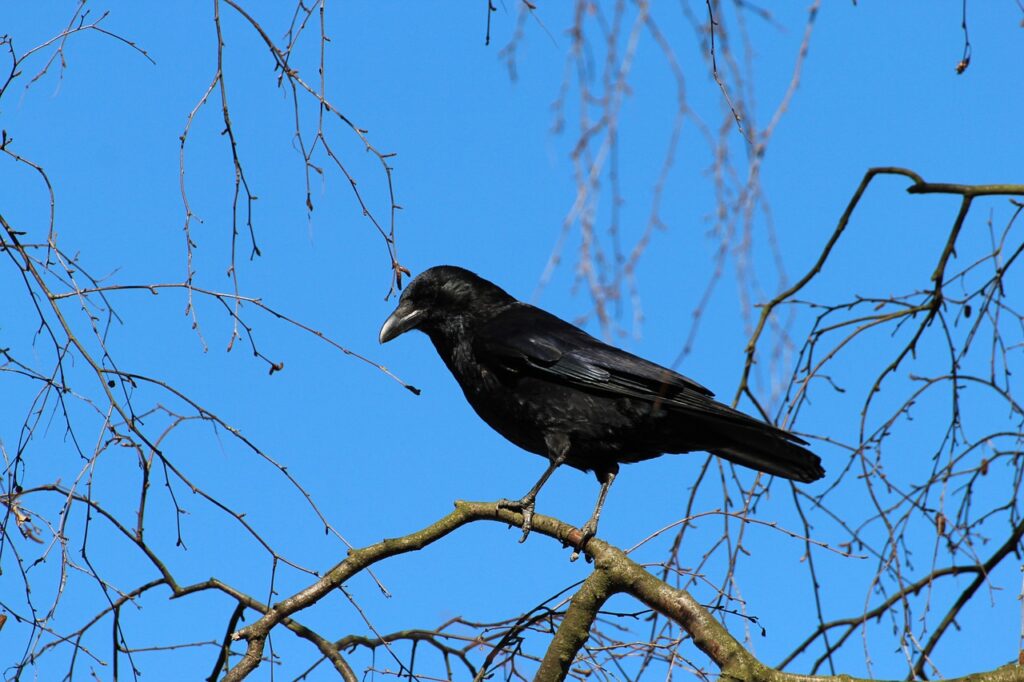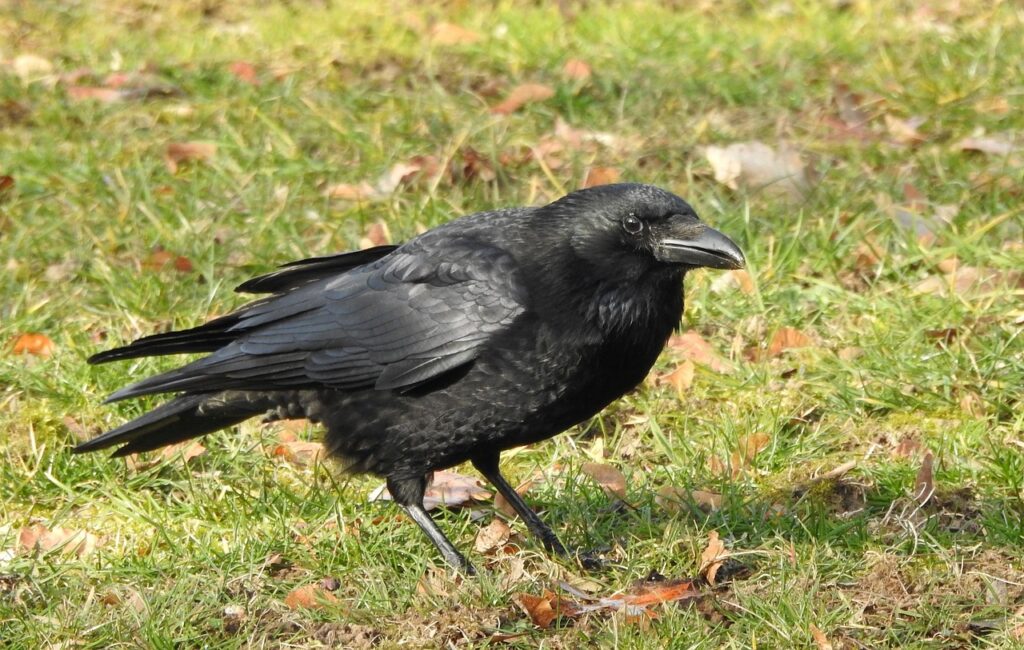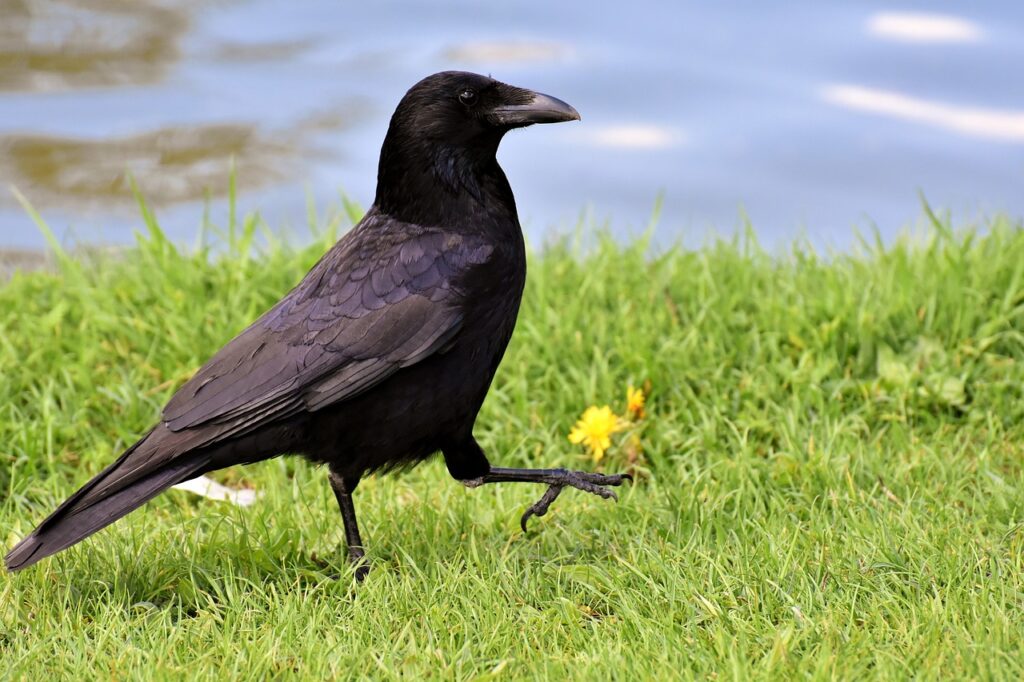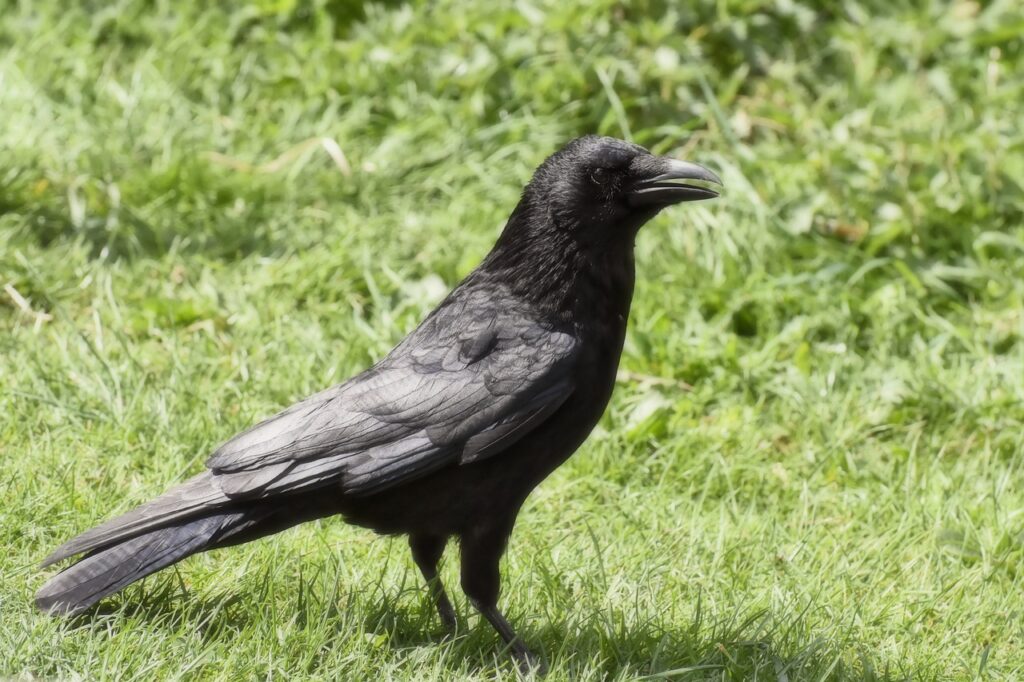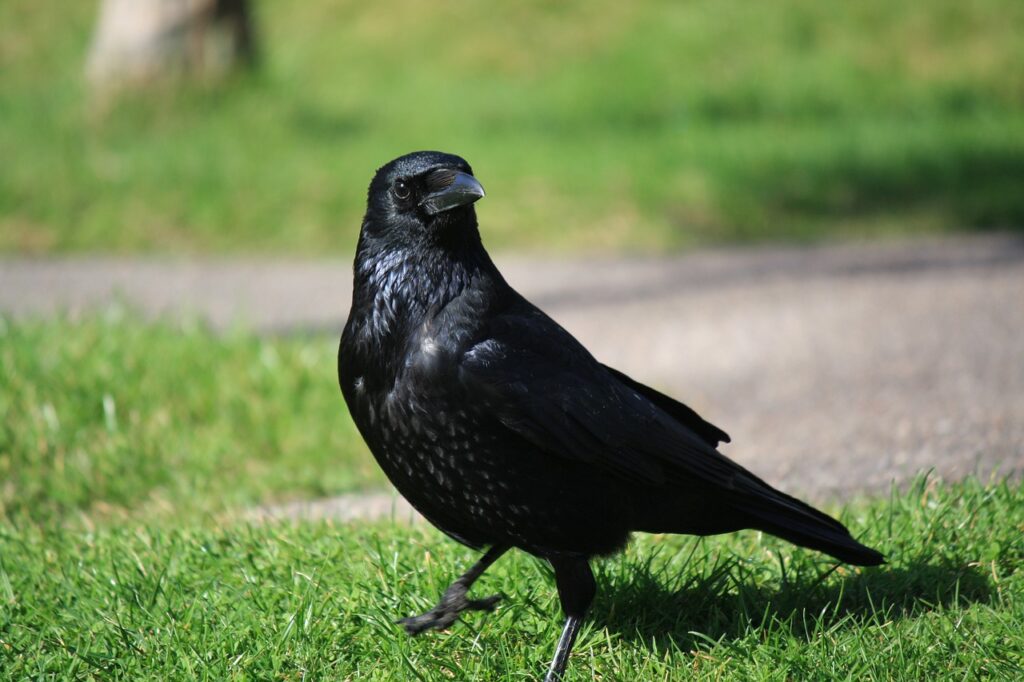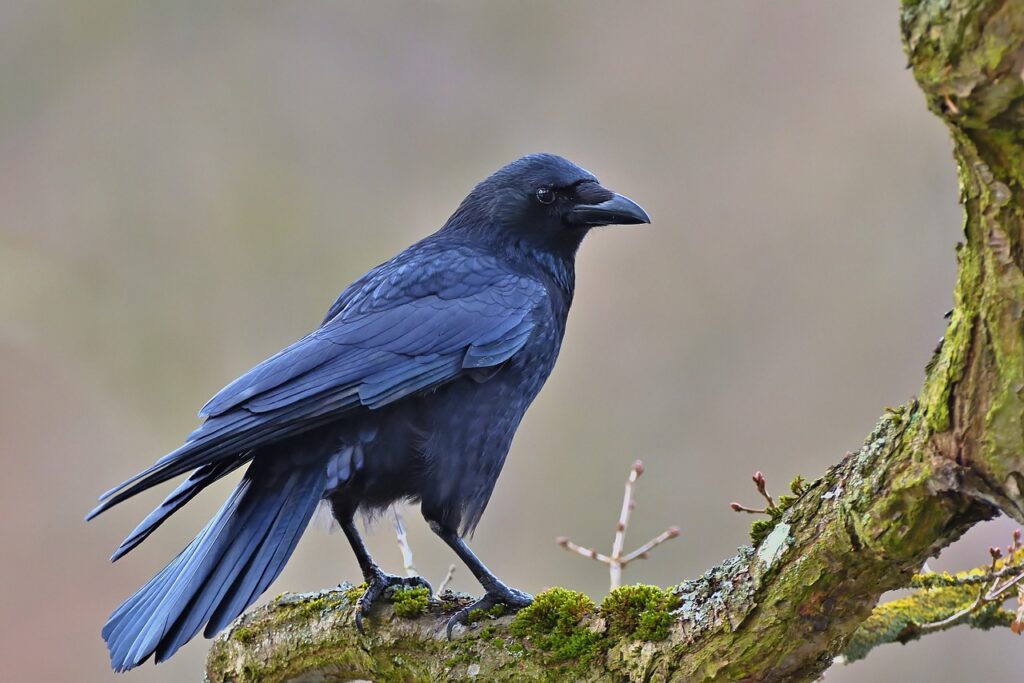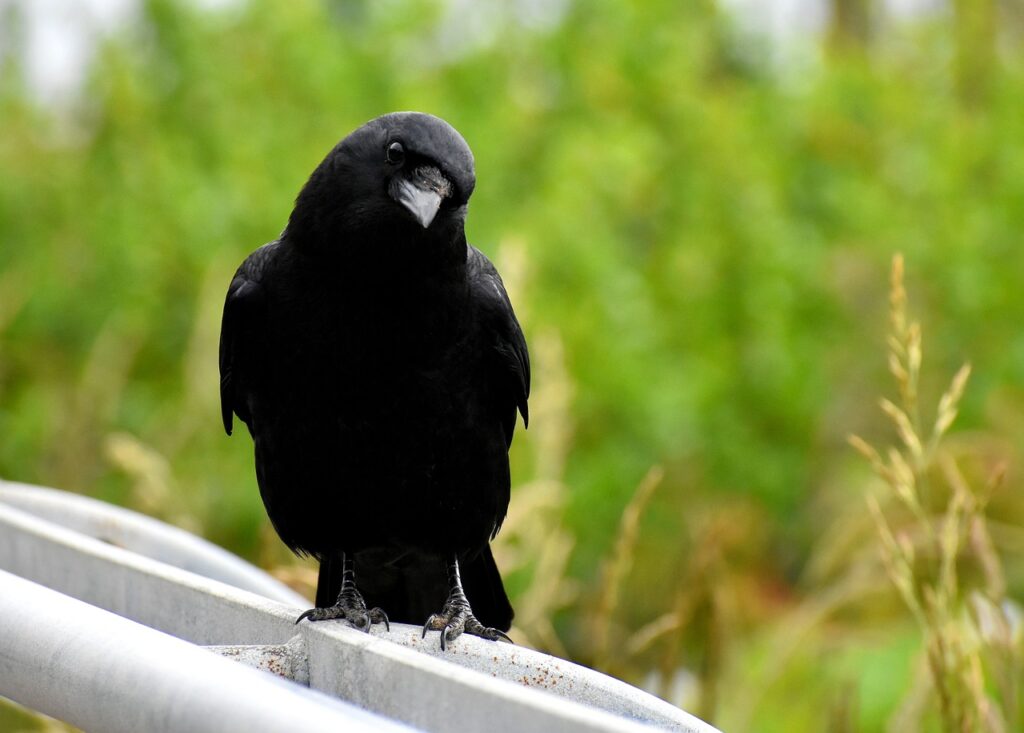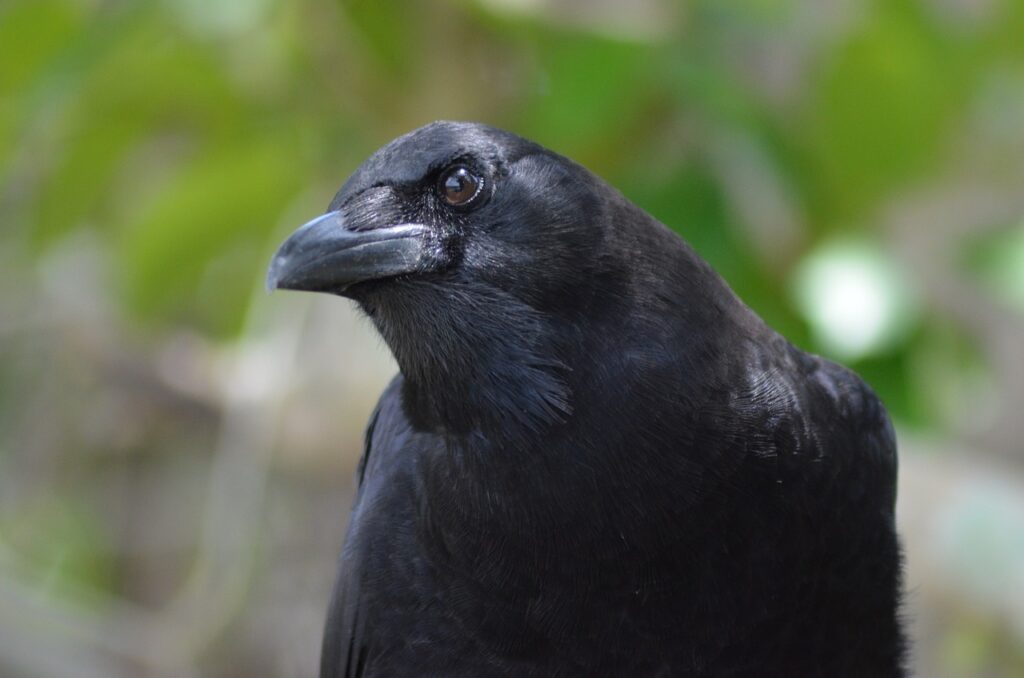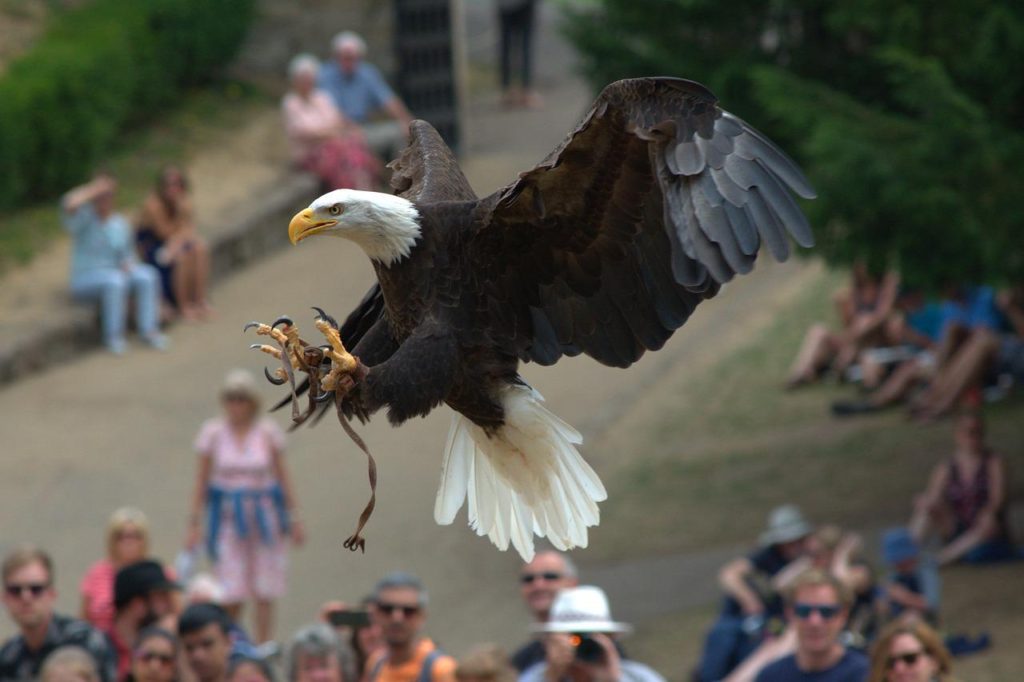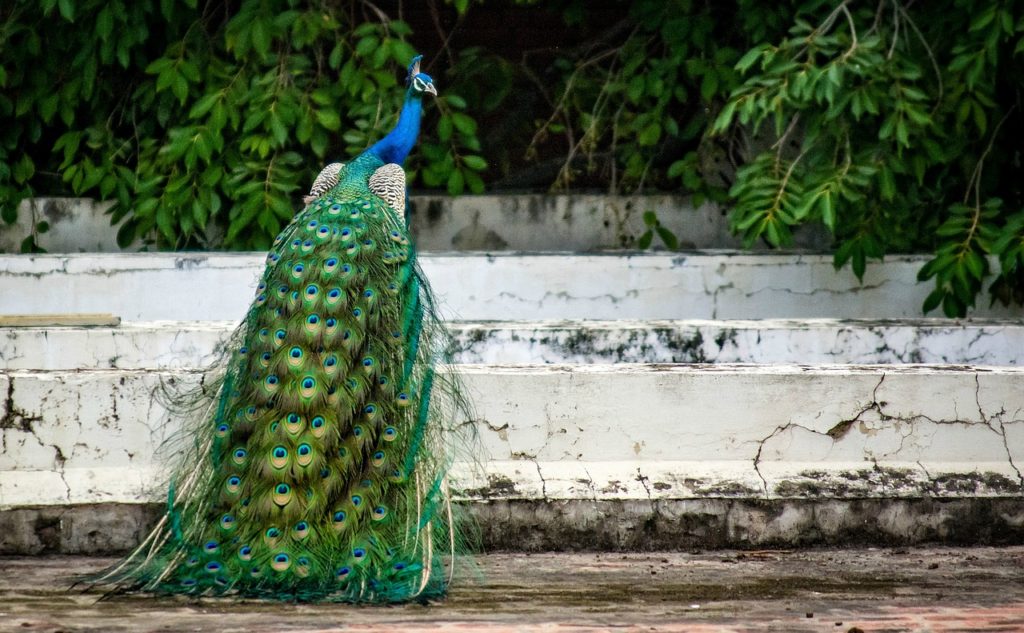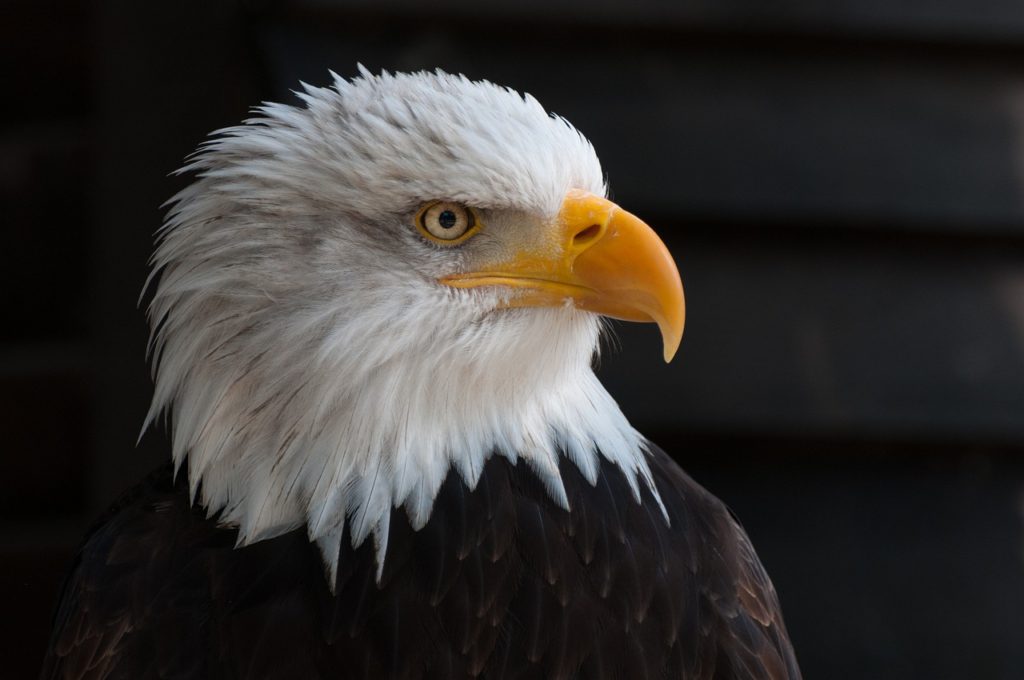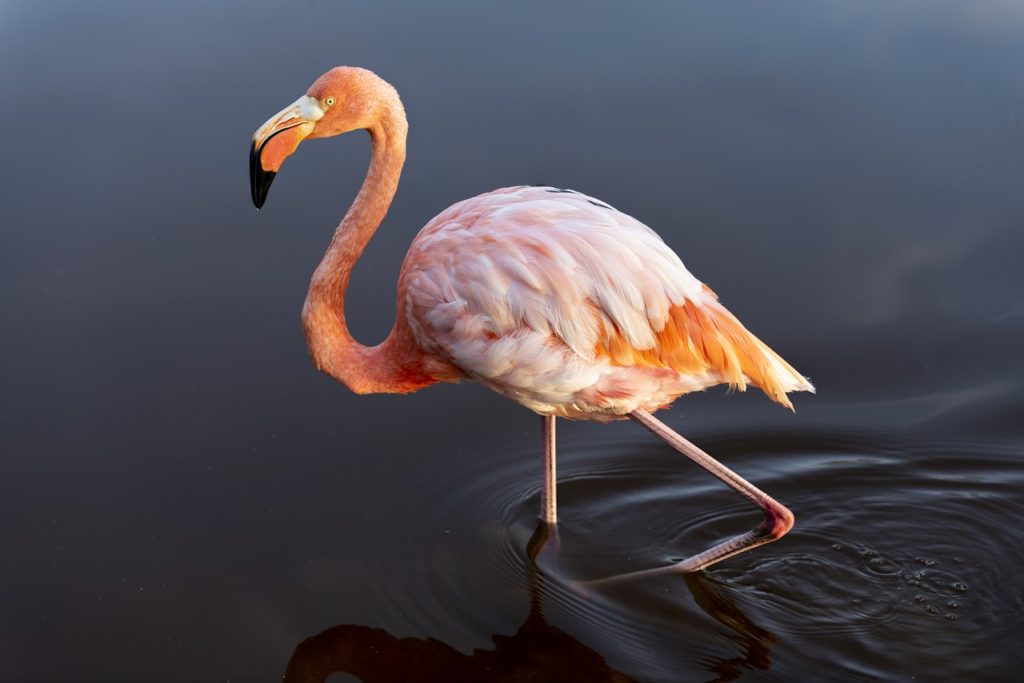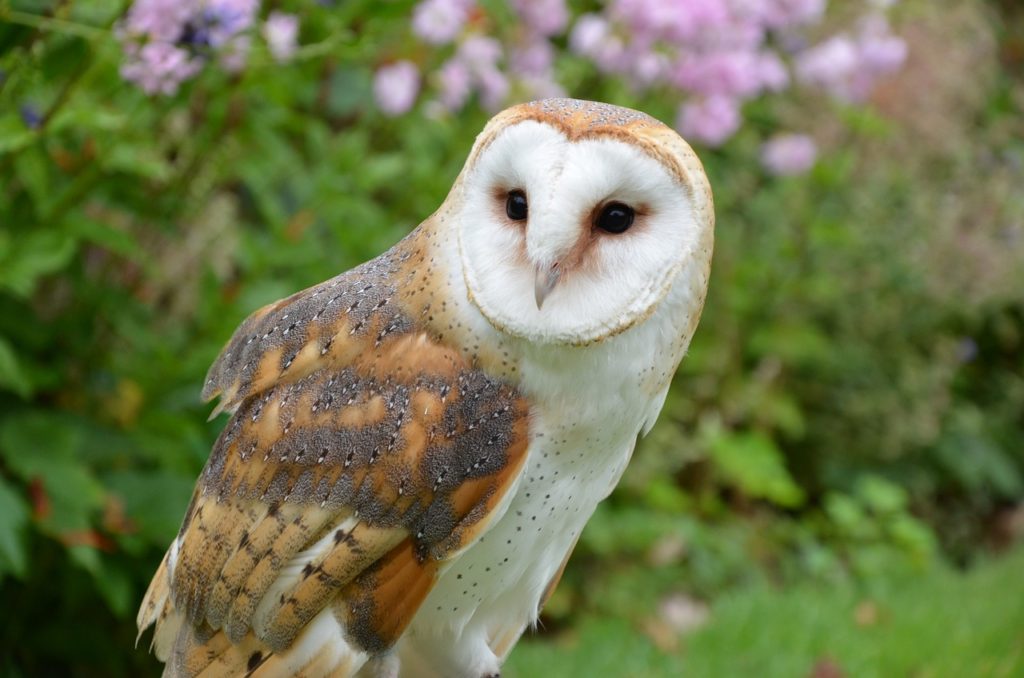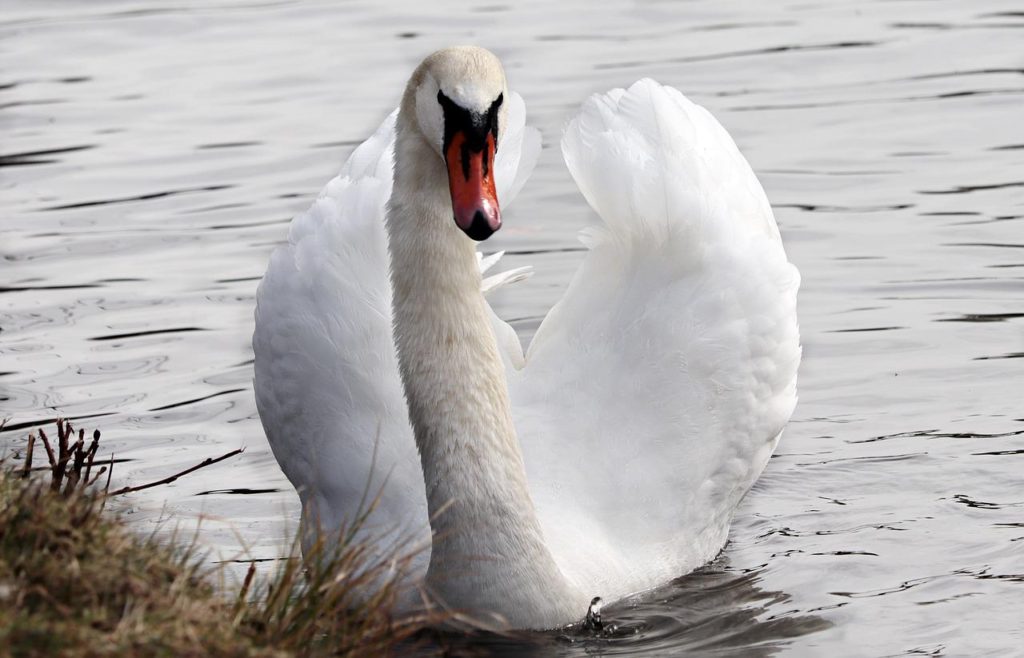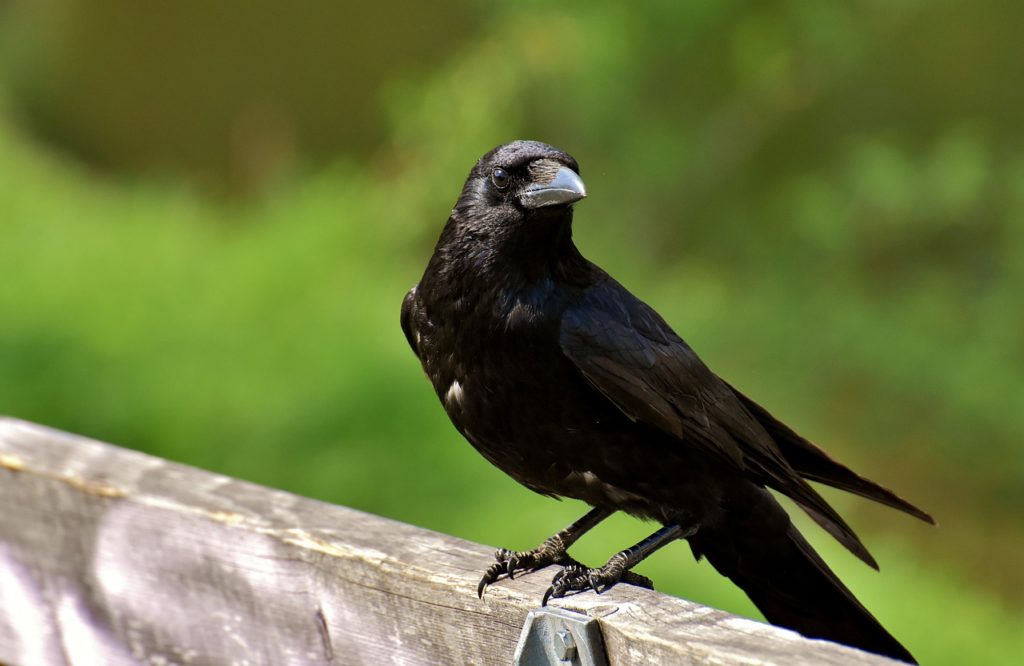
Owls are birds of prey that are mostly nocturnal. And there are many interesting things about these solitary and silent hunters. So we’ve collected some of the best owl pictures to show just how amazing they really are.
Barn Owl
The barn owl has the widest range of any owl and can be found on six continents. There are anywhere between twenty and thirty sub-species. In general, the barn owl is a pale bird with white under-parts and brown or golden speckled wings. Some sub-species may be darker in color.
The barn owl has a distinct heart-shaped face and dark eyes. Its unique face is often compared to that of a mask or a ghost. Unlike many other owls, the barn owl doesn’t hoot instead it screams or shrieks. It often roosts in barns and can be a big help to farmers since its diet consists mainly of rats and mice.
Snowy Owl
The snowy owl is found in arctic regions of both Eurasia and North America. This species is mostly white to help camouflage it in the arctic tundra. Young snowy owls have black flecks on their feathers which turn white as they get older.
Females however will keep many of their dark spots in adulthood. The snowy owl is large and in North America is considered to be the heaviest owl. It hunts in the daytime and while it mostly preys on lemmings it is known to take prey as large as adult geese.
Great Horned Owl
The great horned owl is widespread and can be found throughout North, Central, and South America. It is a large owl that has very big eyes. It has two distinct tufts of feathers on its head that look like horns, which is how it got its name.
These tufts are known as plumicorns. This species eats a variety of prey such as rodents, rabbits, and snakes. But it will also kill and eat larger animals such as hawks, skunks, and porcupines. Because it is such a ferocious and powerful predator it is sometimes also called the tiger owl.
Owl Eyes
Like other birds of prey, owls have excellent eyesight. Their eyes are very large in comparison to the size of their heads. These large eyes allow them to have excellent nocturnal vision.
Because their eyes are set in the front of the face it gives them a very large binocular view and also incredible depth perception. However, their eyes cannot move so in order to change their field of view owls must move the position of their heads.
Great Grey Owl
The great grey owl is a large owl that inhabits the northern hemisphere. It is grey with fluffy plumage and a big head. This species also has long wings and a long tail. Even though it is not the heaviest, based on the overall body length it is considered to be the biggest owl in the world.
Despite its large size, however, up to ninety percent of the great grey owl’s diet consists of small rodents. This species has one of the best senses of hearing of all owls and using its hearing alone it can locate prey under one to two feet of snow. Once the position of the prey is located the owl will then plunge into the snow to catch it.
Owl Feathers
Owl feathers of course help an owl to fly but they are also specially adapted to help it hunt. The feathers are colored to help the owl blend in with its environment. And unlike many other types of birds, the colors on the feathers are dull. This makes it much harder for their prey to see them.
Most owls, except for some fish-eating species, have feathers with special serrated edges. These edges are located on the flight feathers and reduce the amount of noise created by the wings when flapping. This can make owls seem almost silent in flight which is a very helpful advantage as a predator.
Owl Beak
An owl beak looks much different from that of eagles and other birds of prey. It is short and downward curving. This helps to keep the owl’s field of vision as clear as possible. The beak is hooked at the end with sharp edges on both the upper and lower parts. It is used to crush and kill prey along with gripping and tearing through tissue.
Owl Eating
An owl catches its prey by grabbing it with its sharp talons. The initial impact of this will typically stun the animal giving the owl time to kill it with its sharp and powerful beak. The prey animal may then be eaten on the spot or carried away.
Small animals are carried in the beak while larger animals are carried in the talons. When there is an abundance of prey, owls may actually save their kills in a cache located in their nest or in a hole in a tree.
Flying Owl
The majority of owl species have wings that are large, rounded in shape, and also wide. These physical features help to provide a large surface area that allows a flying owl to use little energy and requires minimal flapping.
Owl Claws
All owls have long claws known as talons. They use their talons to catch their prey. When attempting to grab their prey they spread out their talons widely to help increase the chances of success. The shape, length, and color of owl talons can vary depending on the specific owl species.
Baby Owl
Baby owls are fed by the male owl which brings prey items back to the nest several times per day for them to eat. From between one and two weeks of age, they develop a coat of down feathers known as mesoptile. After around three or four weeks baby owls may begin to explore the area outside of their nest.
Pet Owl
Some owl pictures can make owning one as a pet one seem tempting. However, it’s not a good idea for many reasons. In most countries, it is actually illegal to own an owl without a special permit. And as predators, they have sharp beaks and talons that can cause serious injuries and damage.
Most owls are nocturnal and therefore can be very noisy at night, especially during mating season. Owls also require a diet of whole dead animals which will need to be purchased, frozen, and also prepared on a daily basis. And owls can live up to thirty years in captivity which means a lot of care over many years.
Start Shopping for Birding Supplies!
Crow Symbolism: Everything You Need To Know
Ever wondered why the crow has captured the imagination of so many cultures throughout history? Let's embark on a fascinating journey through the world of crow symbolism, unraveling its mysteries and discovering its significance across various cultures, religions, and...
Creepy Facts About Crows
Crows are highly intelligent birds that have thrived alongside us humans. However, while they are fascinating creatures, at the same time, there are many things about them that many people find quite unsettling. That being said here as some of the most creepy facts...
Why Are Crows So Loud?
As anyone who has heard their loud "caws," can tell you, crows are very noisy birds. In fact, they are considered one of the loudest of all bird species. But why are crows so loud? Read on to find out. The Importance Of Vocalizations Crows use vocalizations to pass on...
Do Crows Remember Faces?
Crows are known for their intelligence. But do crows remember faces? You bet they do! Here's what you'll want to know. Crow Intelligence Crows are brilliant birds. In fact, their level of intelligence is often compared to that of primates. They are so smart that they...
Why Are Crows Black?
American crows are birds with all-black plumage. But why are crows black? Well, there are several reasons. Read on to find out. Bird Color Basics Birds are some of the most colorful creatures on the planet. And they come in an amazing range of colors from white to...
Are All Crows Black?
When it comes to crows, most people are familiar with the image of a sleek-looking solid black bird. But are all crows black? No, they aren't. Here's what you'll want to know. The American Crow Is Not All Crows The American crow is found throughout most of North...
How Long Do Crows Live?
How long do crows live? That's one of the many questions people ask about these familiar all-black birds. Here's what you'll want to know about the lifespan of crows and what affects it. How Long Do Crows Live In The Wild? In the wild American crows have a lifespan of...
Enemies Of Crows
Crows are a common sight in many parts of the world. However, most of us don't realize that these distinctive jet-black birds face a range of threats even when they are in our own backyards. The following are the main enemies of crows. Natural Predators of Crows One...
Predators of Crows
In many places, crows are such a common sight that it can be easy to forget that they actually have many predators. And being "on the menu," for a range of other animals is actually why these birds are so wary. That being said, here is everything you'll want to know...
Are Crows Territorial?
Are crows territorial? The answer is yes. However, just how territorial they are can depend on several factors. Here’s what you’ll need to know. Territoriality In Birds Territoriality is the behavioral trait of defending and maintaining a specific area territory...
What Eats Crows?
Crows are large and highly intelligent birds that eat a wide variety of foods including many other animals. So, what eats crows? Here are the most common crow predators and what you’ll want to know about them. Birds Of Prey The birds of prey are a group of predatory...
Are Crows Friendly?
Crows are commonly seen, and heard, in close proximity to us in our towns and cities. But are crows friendly? The answer may surprise you. Crows Are Highly Social Birds Crows are social birds that live in family groups. And they are well known for forming close bonds...
Do Crows Mate For Life?
Do crows mate for life? Yes, they do. And this behavior is highly advantageous to them. Here's what you'll want to know. How Do Crows Attract A Mate? Crows are social birds; most of the year, they live in small family groups. During the breeding season, however,...
Birds With Talons
All birds have claws. However, only a few types have the scary-looking and dagger-sharp claws called, “talons”. So here are the birds with talons and what you’ll want to know about each of them. What Are Talons? Talons are the claws of a group of predatory birds known...
Birds With Tails
Just like birds themselves, birds’ tails come in a wide range of shapes and sizes. And some tails of course are more interesting and remarkable than others. The following are birds with tails that never fail to impress! Long-Tailed Tit The long-tailed tit, also known...
Birds With White Heads
There's no doubt about it, birds with white heads really stand out. From small to large they are quite a unique bunch. So here are some of the most fascinating white-headed birds and what you'll want to know about them White-Headed Vulture The white-headed vulture is...
Birds That Look Like Flamingos
Flamingos are wading birds with long necks and legs. These social birds live in groups and have strongly hooked downward-facing beaks which they use to feed on shrimp and other small water creatures. And they are famous for their stunning pink color. With such a...
How To Attract Owls To Your Yard
Owls are nocturnal birds of prey that can be extremely helpful when it comes to controlling rodent populations in a natural way. That is of course if you can attract them to your property by creating an owl-friendly habitat. So keep reading to find out how to attract...
Why Would A Swan Be Alone?
It's widely known that swans are incredibly social and romantic creatures, so it can be disconcerting when you encounter a solitary swan. However, there are several reasons why this might be. So why would a swan be alone? Here's what you'll want to know. But first,...
How To Attract Crows To Your Yard
Crows aren’t always pests as many people believe. In fact, these super smart birds can actually help to rid your property of many common backyard and garden pests themselves. So here’s your step-by-step guide on how to attract crows to your yard! Step 1. Create A...

